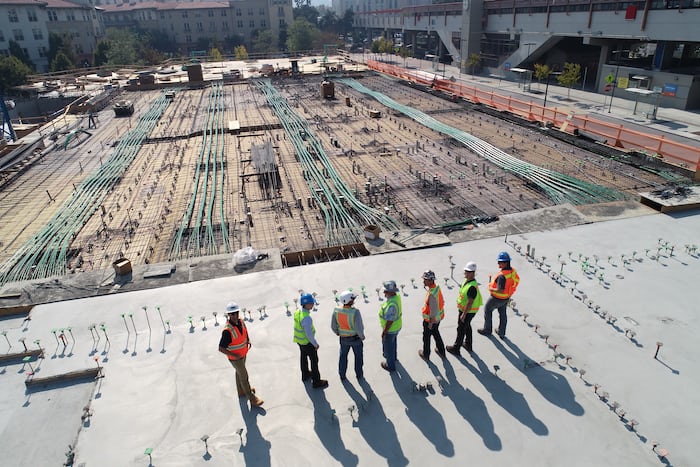In the dynamic realm of construction, staying ahead of the curve is essential for any successful project. Building Information Modeling (BIM) has revolutionized the construction industry, and the advent of 5D BIM Services has taken it to the next level. What exactly is 5D BIM, and how can it enhance construction cost estimation services? Let’s explore the fascinating world of 5D BIM and how it’s reshaping the way we manage construction projects.
1. The Evolution from 3D to 5D BIM
Before diving into 5D BIM, it’s essential to understand the progression from 3D BIM to this more advanced level. BIM initially began as a 3D modeling tool, allowing architects and engineers to create digital representations of buildings. While 3D BIM improved visualization and design coordination, it had limitations when it came to cost estimation.
2. What is 5D BIM?
5D BIM stands for “5-Dimensional Building Information Modeling.” It incorporates the dimensions of cost and time into the existing 3D model. This addition empowers construction professionals to consider the financial and scheduling aspects of a project during the design and planning phases. It offers a holistic approach to project management and cost estimation, making it an indispensable tool for the construction industry.
3. Enhanced Cost Estimation
Traditional construction cost estimation often relies on spreadsheets and manual calculations. These methods can be time-consuming and prone to errors. 5D BIM, on the other hand, automates the process. By integrating cost data directly into the BIM model, estimators can get real-time cost feedback. This leads to more accurate and up-to-date estimates, reducing the risk of cost overruns.
4. Improved Decision-Making
5D BIM provides construction teams with the ability to simulate various cost scenarios. By altering design elements or materials in the model, project managers can instantly see how these changes impact the overall cost. This feature allows for more informed decision-making and ensures that the project aligns with the budget and schedule.
5. Collaboration and Transparency
One of the remarkable advantages of 5D BIM is its ability to foster collaboration among various stakeholders. Designers, contractors, and clients can all access the same model and data, enabling better communication and understanding. This transparency helps to avoid conflicts and misunderstandings, which are common sources of budget overruns.
6. Efficient Change Management
Change orders are a frequent headache in the construction industry, often causing budget and schedule disruptions. 5D BIM can help mitigate this issue by quickly assessing the impact of changes on cost and schedule. Project teams can make informed decisions regarding whether a change is feasible within the established parameters.
7. Long-Term Benefits
Beyond the immediate benefits of streamlined cost estimation, 5D BIM offers long-term advantages. The data collected during the construction phase can be used for facility management and maintenance, reducing operational costs and extending the lifespan of the building.
8. Challenges and Implementation
While 5D BIM holds immense promise, its full implementation can be complex. It requires skilled professionals who are well-versed in BIM technology, and it may involve an initial learning curve. However, the long-term benefits far outweigh the challenges.
In conclusion, 5D BIM is transforming the way the construction industry approaches cost estimation services. By integrating cost and schedule into the BIM model, it enhances decision-making, transparency, and collaboration while minimizing the risk of cost overruns. As the construction industry continues to evolve, embracing 5D BIM is a smart move for staying competitive and delivering successful projects on time and within budget.





